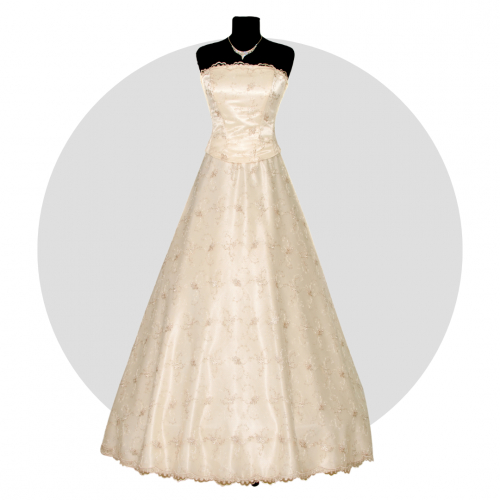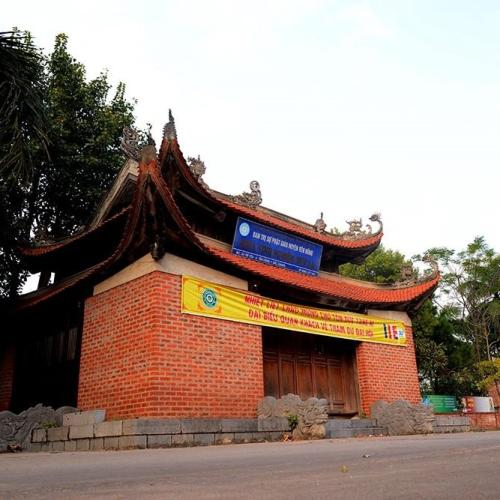

Publication year: 2017 | Materials (ISI)
Authors
- Truc A. Nguyen
- Arthur Newton
- Sandra J. Veen
- Daniela J. Kraft
- Peter G. Bolhuis, & Peter Schall
Description
Experimental control of patchy interactions promises new routes for the assembly of complex colloidal structures, but remains challenging. Here, we investigate the role of patch width in the assembly of patchy colloidal particles assembled by critical Casimir forces. The particles are composed of a hydrophobic dumbbell with an equatorial hydrophilic polymer shell, and are synthesized to have well-defined patch-to-shell area ratios.
Patch-to-patch binding is achieved in near-critical binary solvents, in which the particle interaction strength and range are controlled by the temperature-dependent solvent correlation length. Upon decreasing the patch-to-shell area ratio, we observe a pronounced change of the bonding morphology towards directed single-bonded configurations, as clearly reflected in the formation of chain-like structures. Computer simulations using an effective critical Casimir pair potential for the patches show that the morphology change results from the geometric exclusion of the increasingly thick hydrophilic particle shells. These results highlight the experimental control of patchy interactions through the engineering of the building blocks on the way towards rationally designed colloidal superstructures.
More info
✅ See more information as the encosed file, or
✅ From MDMI journals | Click here
▶️ Click here for reference document from UvA | University of Amsterdam

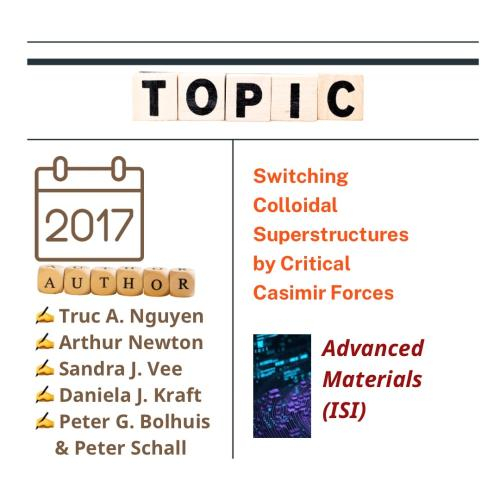
 kythuatnangluongctut.edu.vn |
28/07/2024 18:13
kythuatnangluongctut.edu.vn |
28/07/2024 18:13

 kythuatnangluongctut.edu.vn |
28/07/2024 18:13
kythuatnangluongctut.edu.vn |
28/07/2024 18:13

 kythuatnangluongctut.edu.vn |
28/07/2024 18:12
kythuatnangluongctut.edu.vn |
28/07/2024 18:12
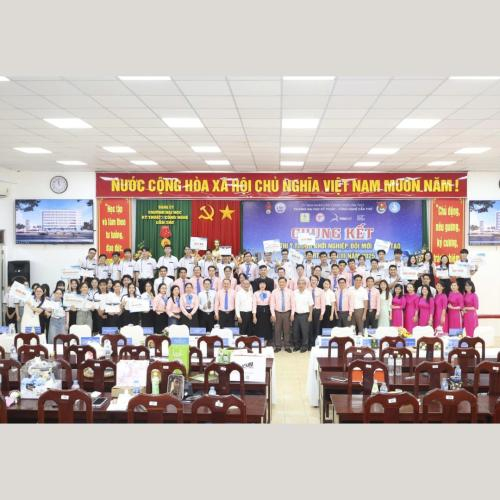
 kythuatnangluongctut.edu.vn |
06/08/2025 22:18
kythuatnangluongctut.edu.vn |
06/08/2025 22:18

 kythuatnangluongctut.edu.vn |
06/08/2025 21:48
kythuatnangluongctut.edu.vn |
06/08/2025 21:48

 kythuatnangluongctut.edu.vn |
06/08/2025 21:21
kythuatnangluongctut.edu.vn |
06/08/2025 21:21

 kythuatnangluongctut.edu.vn |
06/08/2025 20:48
kythuatnangluongctut.edu.vn |
06/08/2025 20:48

 kythuatnangluongctut.edu.vn |
06/08/2025 19:30
kythuatnangluongctut.edu.vn |
06/08/2025 19:30

 kythuatnangluongctut.edu.vn |
06/08/2025 19:13
kythuatnangluongctut.edu.vn |
06/08/2025 19:13

 kythuatnangluongctut.edu.vn |
06/08/2025 19:12
kythuatnangluongctut.edu.vn |
06/08/2025 19:12

 kythuatnangluongctut.edu.vn |
06/08/2025 19:12
kythuatnangluongctut.edu.vn |
06/08/2025 19:12
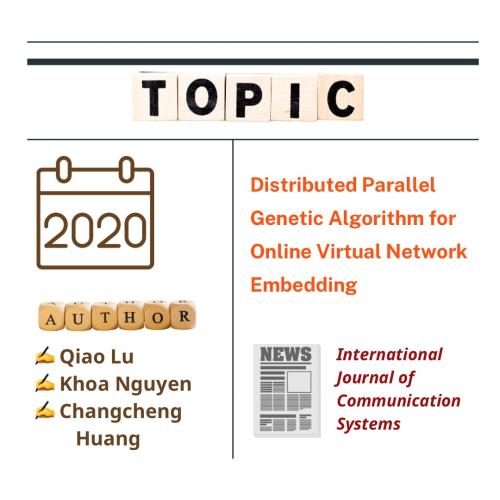
 kythuatnangluongctut.edu.vn |
28/07/2024 18:17
kythuatnangluongctut.edu.vn |
28/07/2024 18:17

 kythuatnangluongctut.edu.vn |
28/07/2024 18:16
kythuatnangluongctut.edu.vn |
28/07/2024 18:16

 kythuatnangluongctut.edu.vn |
28/07/2024 18:16
kythuatnangluongctut.edu.vn |
28/07/2024 18:16
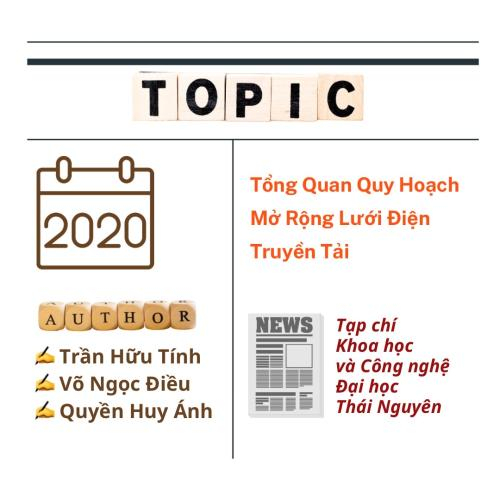
 kythuatnangluongctut.edu.vn |
28/07/2024 18:15
kythuatnangluongctut.edu.vn |
28/07/2024 18:15

 kythuatnangluongctut.edu.vn |
28/07/2024 18:15
kythuatnangluongctut.edu.vn |
28/07/2024 18:15

 kythuatnangluongctut.edu.vn |
28/07/2024 18:14
kythuatnangluongctut.edu.vn |
28/07/2024 18:14

 kythuatnangluongctut.edu.vn |
28/07/2024 18:14
kythuatnangluongctut.edu.vn |
28/07/2024 18:14

 kythuatnangluongctut.edu.vn |
28/07/2024 18:13
kythuatnangluongctut.edu.vn |
28/07/2024 18:13

 kythuatnangluongctut.edu.vn |
28/07/2024 18:17
kythuatnangluongctut.edu.vn |
28/07/2024 18:17

 kythuatnangluongctut.edu.vn |
28/07/2024 18:16
kythuatnangluongctut.edu.vn |
28/07/2024 18:16

 kythuatnangluongctut.edu.vn |
28/07/2024 18:16
kythuatnangluongctut.edu.vn |
28/07/2024 18:16

 kythuatnangluongctut.edu.vn |
28/07/2024 18:15
kythuatnangluongctut.edu.vn |
28/07/2024 18:15

 kythuatnangluongctut.edu.vn |
28/07/2024 18:15
kythuatnangluongctut.edu.vn |
28/07/2024 18:15

 kythuatnangluongctut.edu.vn |
28/07/2024 18:14
kythuatnangluongctut.edu.vn |
28/07/2024 18:14

 kythuatnangluongctut.edu.vn |
28/07/2024 18:14
kythuatnangluongctut.edu.vn |
28/07/2024 18:14

 kythuatnangluongctut.edu.vn |
28/07/2024 18:13
kythuatnangluongctut.edu.vn |
28/07/2024 18:13

 kythuatnangluongctut.edu.vn |
28/07/2024 18:17
kythuatnangluongctut.edu.vn |
28/07/2024 18:17

 kythuatnangluongctut.edu.vn |
28/07/2024 18:16
kythuatnangluongctut.edu.vn |
28/07/2024 18:16

 kythuatnangluongctut.edu.vn |
28/07/2024 18:16
kythuatnangluongctut.edu.vn |
28/07/2024 18:16

 kythuatnangluongctut.edu.vn |
28/07/2024 18:15
kythuatnangluongctut.edu.vn |
28/07/2024 18:15

 kythuatnangluongctut.edu.vn |
28/07/2024 18:15
kythuatnangluongctut.edu.vn |
28/07/2024 18:15

 kythuatnangluongctut.edu.vn |
28/07/2024 18:14
kythuatnangluongctut.edu.vn |
28/07/2024 18:14

 kythuatnangluongctut.edu.vn |
28/07/2024 18:14
kythuatnangluongctut.edu.vn |
28/07/2024 18:14

 kythuatnangluongctut.edu.vn |
28/07/2024 18:13
kythuatnangluongctut.edu.vn |
28/07/2024 18:13

 kythuatnangluongctut.edu.vn |
28/07/2024 18:13
kythuatnangluongctut.edu.vn |
28/07/2024 18:13

 kythuatnangluongctut.edu.vn |
28/07/2024 18:13
kythuatnangluongctut.edu.vn |
28/07/2024 18:13

 kythuatnangluongctut.edu.vn |
28/07/2024 18:12
kythuatnangluongctut.edu.vn |
28/07/2024 18:12
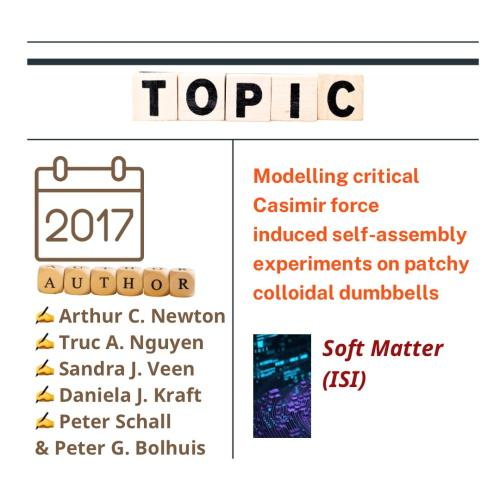
 kythuatnangluongctut.edu.vn |
28/07/2024 18:12
kythuatnangluongctut.edu.vn |
28/07/2024 18:12






























